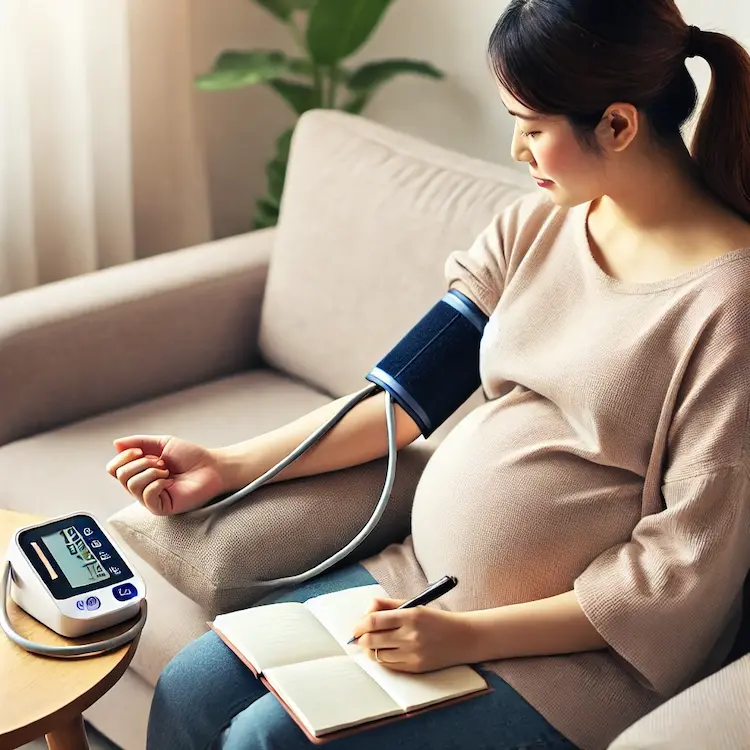Monitoring blood pressure during pregnancy is vital for the health of both the mother and the baby. Pregnancy-related conditions like preeclampsia and gestational hypertension can pose serious risks if left unmanaged. Using a blood pressure monitor at home is a simple and effective way to ensure regular monitoring and timely intervention if necessary. This guide will break down the importance, methods, and best practices for using blood pressure monitors during pregnancy.
Blood pressure is a key indicator of cardiovascular health. During pregnancy, it reflects how well your body adapts to increased blood volume and other physiological changes. Normal blood pressure levels for pregnant women typically range around 120/80 mmHg.

| Method | Pros | Cons | Best Use |
|---|---|---|---|
| Manual Monitor | Highly accurate | Requires training and effort | Clinical settings or by trained individuals |
| Digital Monitor | Easy to use, automatic | May have calibration errors | Home monitoring for convenience |
| Wrist Monitor | Portable and compact | Less accurate if improperly positioned | Travel or secondary monitoring |